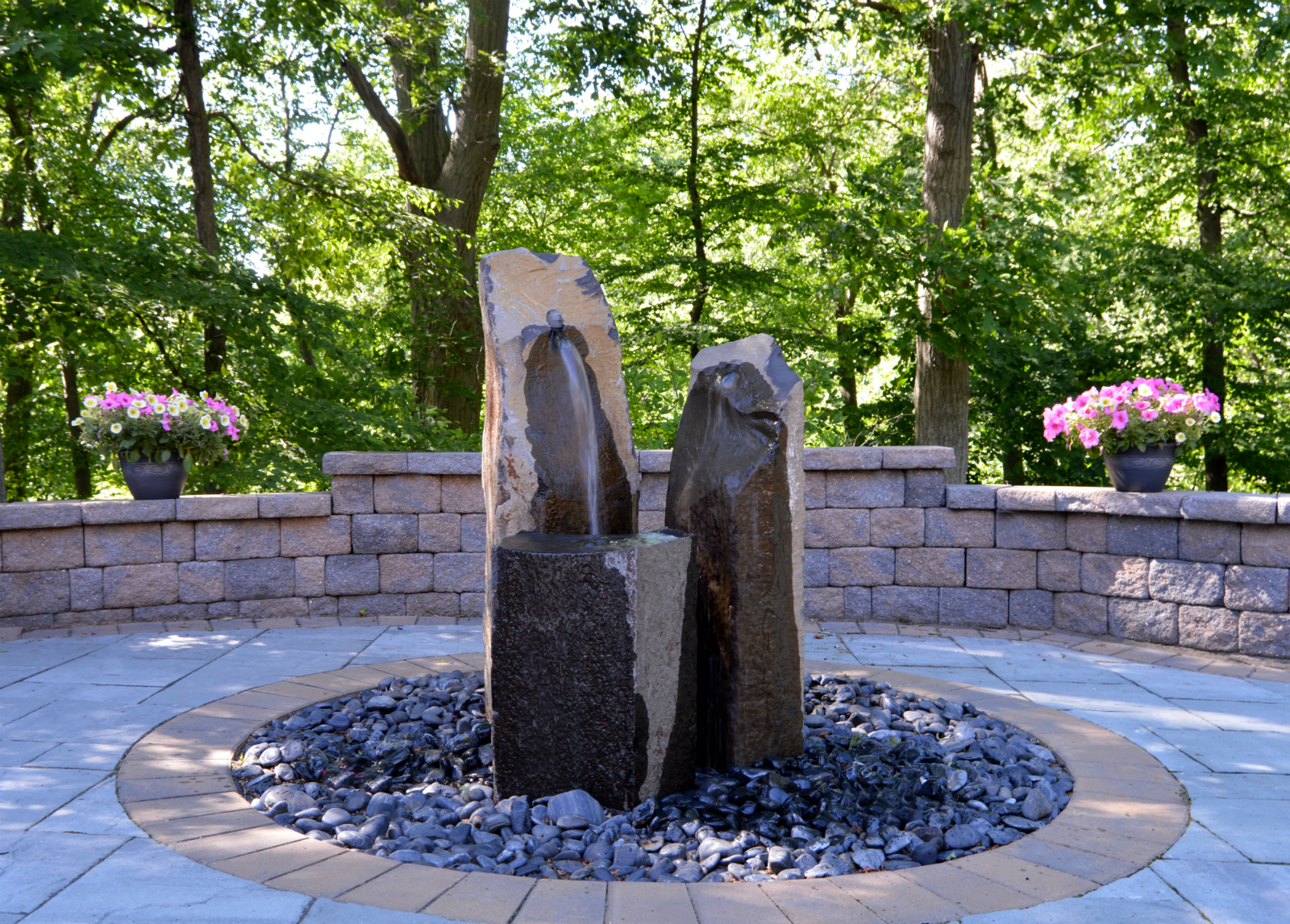The Ultimate Guide To Landscape Design
Table of ContentsUnknown Facts About Landscape DesignSome Known Facts About Landscape Design.Indicators on Landscape Design You Should KnowRumored Buzz on Landscape Design
When developing a household landscape, one of the most vital action is to place a plan on paper. Creating a master plan will conserve you time and money and is more probable to lead to a successful design. Landscape Design. A plan of attack is created with the 'design process': a step-by-step approach that thinks about the ecological problems, your needs, and the elements and concepts of layoutThe five steps of the layout procedure include: 1) conducting a site supply and evaluation, 2) identifying your requirements, 3) developing useful representations, 4) developing conceptual style plans, and 5) attracting a last style strategy. The very first three actions establish the visual, useful, and horticultural requirements for the layout. The last 2 steps then use those requirements to the production of the last landscape plan.
This is a critical step for both plant choice and placement and finding household activities and functions. It's vital because the exact same climate problems that influence the plantstemperature, humidity, rainfall, wind, and sunlightalso impact you, the customer. The following step is to make a checklist of your demands and desiresthis assists you determine just how your yard and landscape will certainly be made use of.
The practical diagram is then utilized to situate the task areas on the website and from this diagram a theoretical strategy is created - Landscape Design. The last action is a last layout that consists of all the hardscape and planting information that are required for setup. Throughout the layout procedure there are 10 essential points to think about: for plant choice and activity area by considering what you want and need to assist figure out shapes and arrange rooms by marking task locations and linking with aspects for both the atmosphere and the user by using massing and layering strategies such as shift areas and focal points in the materials, the colors, and the surface textures for the growth and maintenance of plants by making use of lasting layout techniques A detailed inventory and analysis of the site is necessary to establish the ecological conditions for plant development and the finest use of the site
Getting The Landscape Design To Work
It is always best to use plants that will thrive in the existing soil. Where plants grow well, keep in mind the dirt conditions and make use of plants with comparable expanding needs.

Sun/shade patterns, the quantity and length of direct exposure to sunlight or shade (Figure 1), develop microclimates (sometimes called microhabitats). Recording site conditions and existing plant life on a base map will certainly disclose the location of microclimates in the yard. Plants usually fall under a couple of of 4 microclimate categories-full sunlight, partial shade, color, and deep color.
Energies such as power lines, septic storage tanks, below ground utilities and roof covering overhangs determine plant place. Make use of a surveyor's plat of your residential property for the limits and place of your home.
Landscape Design - An Overview
Budget problems consist of the materials, initial installment expenses and the on-going upkeep expenses. Determine the time and cash you want to take into keeping the plants and hardscape-be sensible concerning your intentions and capacity. Figure 3. Existing use areas. Credit History: Gail Hansen, UF/IFAS Number 4. Recommended usage areas. Credit: Gail Hansen, UF/IFAS There are several landscape style motifs- from straightforward to complex, but it is valuable to pick one to assist your plant and material option.

Make a decision if you intend to open your yard, shut your yard, or a little of both, to these views. To put it simply, do you desire the yard to confine the room around you and connect mostly to your home, or do you desire the garden to open sights and look outside, associating with the surroundings? This will certainly give you a starting point to think of a motif.
Not known Facts About Landscape Design

Every yard should have a kind theme, but not all yards have a style theme. Numerous household gardens have no certain design except to blend with the residence by duplicating information from the design such as materials, color, and type.
In a kind style the company and shape of the spaces in the lawn is based either on the form of the residence, the form of the areas between your home and the residential or commercial property borders, or a preferred shape of the homeowner. The form theme determines the shape and company (the design) of the rooms and the links between them.
